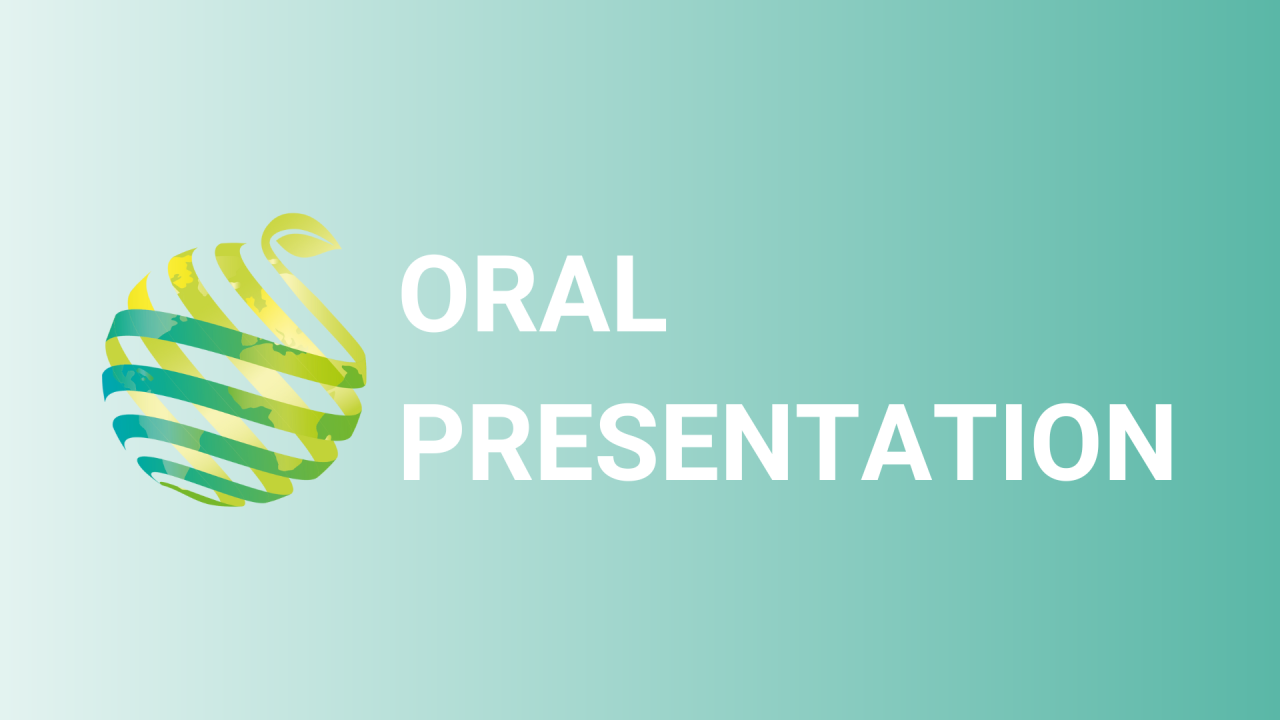

S22 - Session O1 - Environmental and propagation factors influencing yield and alizarin content in rubia tinctorum l. (madder) roots
Information
Authors: Keiri Winnie Swann *
The UK's dye industry is based almost solely on synthetic dyes with the associated negative environmental implications becoming increasingly apparent. Madder ( Rubia tinctorum ) produces a red dye that has been used for over 5000 years and has potential as a natural alternative to synthetic dyes. The factors influencing commercial production of madder for the dye industry in the UK are currently under-researched. Here the effect of different soil types and treatments on root growth and dye quality, the effect of different textile types and mordanting on the dye colour, and optimising seeds germination is explored. Mordanting and fabric type were found to have a significant effect on the colour saturation of the dyed test fabric, suggesting that alizarin binds much better when a mordant is present. Furthermore, madder seeds achieved a higher percentage germination and earlier germination rate by both sanding and soaking. Both soil type and soil treatment were found to significantly increase root weight without adversely affecting dye quality. The results indicate that the production and use of madder in the UK is achievable. It is anticipated that this work will be a starting point for larger-scale research to investigate the economic viability of madder as an industrial dye.